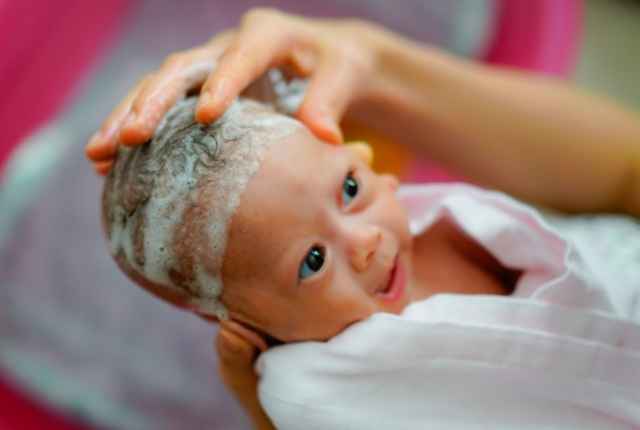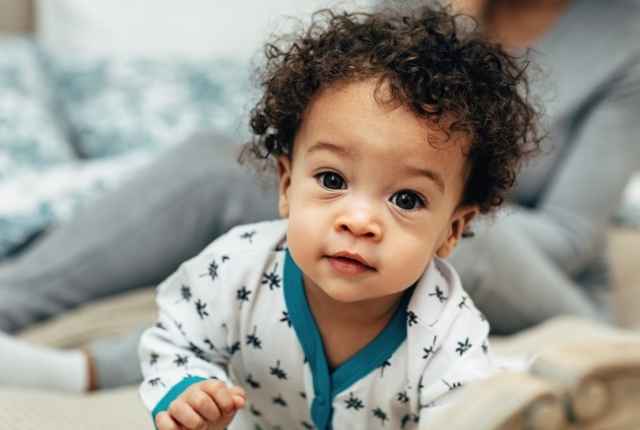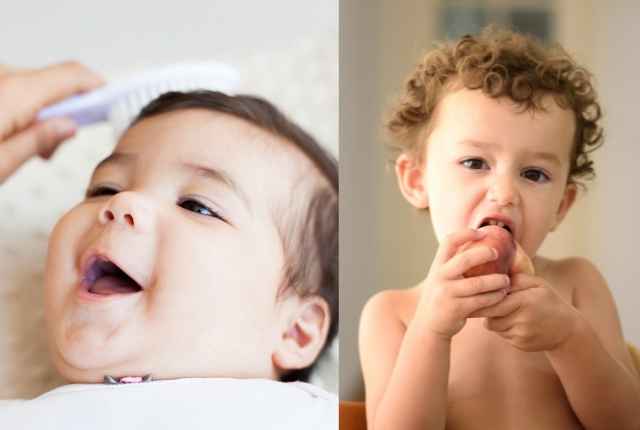Babyproofing your home is something many parents do not think about until they are ready to welcome their little one into the world.
Keeping your baby safe is very important.
Many things can cause harm to an infant or young child, and it is essential to make sure that these items are kept away from them.
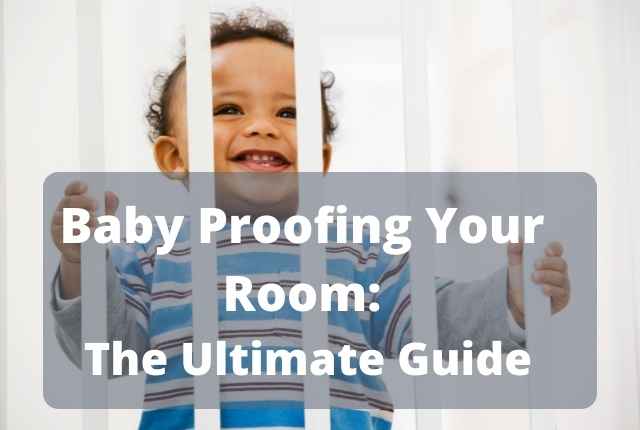
This includes toys, furniture, electrical outlets, and other things that could hurt them if they could get their hands on them.
You see, unintentional injuries are a leading cause of death in children aged 1-4 years, killing more than 2,500 children each year in the United States.
Let’s review the leading causes of injuries and how you can baby-proof your house.
Hey! By the way… any links on this page that lead to products on Amazon are affiliate links and I earn a commission if you make a purchase.
Thanks in advance – I really appreciate it!
Table of Contents
The Top 9 Things That Can Hurt an Infant or Young Children
There are several different objects in our homes that we may want to keep out of reach of children. Some examples include:
Toys
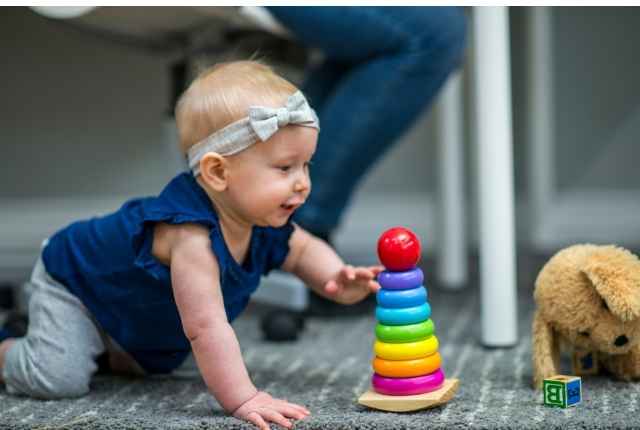
Many people have toy collections that contain everything from dolls to action figures.
CLICK ON IMAGE FOR MORE INFO
It’s easy to see why this would appeal to kids; they can also become a cause of concern as they tend to have small parts that could be easily swallowed by a baby.
For example, choking hazards such as small parts like buttons and beads are common among toys.
In addition, sharp edges and pointy corners pose risks when playing with toys.
Stuffed animals also present safety concerns because stuffing can come loose and become lodged in the mouth or throat, causing severe injury.
Toys should always be stored safely so that no one gets hurt by accident.
Furniture
When babies begin crawling around, they will often try to climb up onto tables and chairs.
CLICK ON IMAGE FOR MORE INFO
While this might seem harmless at first glance, there are several ways that furniture can injure infants and toddlers.
One way furniture can harm a child is by causing cuts and scrapes; bear in mind they also have sharp corners.
Another danger comes from falling off furniture. Even though most pieces of furniture are designed to prevent falls, accidents still happen.
Electrical Sockets
Most electric cords come equipped with plastic covers that protect against accidental damage.
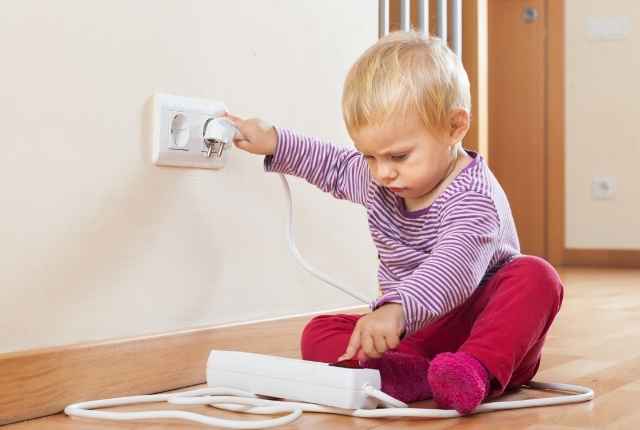
Unfortunately, these covers don’t always work perfectly.
If a baby gets his hand caught inside the cord cover while he’s pulling himself along, he could end up getting strangled.
To avoid this problem, place all electrical appliances where only adults can access them.
Also, never leave plugged-in devices unattended. You could also use outlet covers.
You should also use baby proof electrical sockets so that your baby does not get an electric shock.
- 1.【UPGRADED HIDDEN HANDLE】 Hidden handle design allows adults to...
- 2.【PREMIUM ABS MATERIAL】: Crafted with premium ABS eco-friendly...
- 3.【WIDELY APPLICATION 】 Suitable for all kinds of standard 3-prong...
- 4.【KEEP YOUR CHILDREN AWAY FROM ELECTRIC SHOCK】Upgrade 55 child...
- 5.【NO TOOLS REQUIRED/EASY TO INSTALL AND REMOVE】It only takes four...
Last update on 2024-07-27 / Affiliate links / Images from Amazon Product Advertising API
Hot Water Heater
If you live somewhere cold during the winter months, the chances are good that you heat water using a tankless heater.
CLICK ON IMAGE FOR MORE INFO
These types of units are great because they save energy and money over traditional models.
However, they also present a risk to children who may accidentally knock hot water bottles down and scald themselves.
Ensure that any water heating unit has safety features built-in so that it cannot be turned on without adult supervision.
Medicine Cabinets
As mentioned above, a medicine cabinet can become a dangerous place for children to explore.
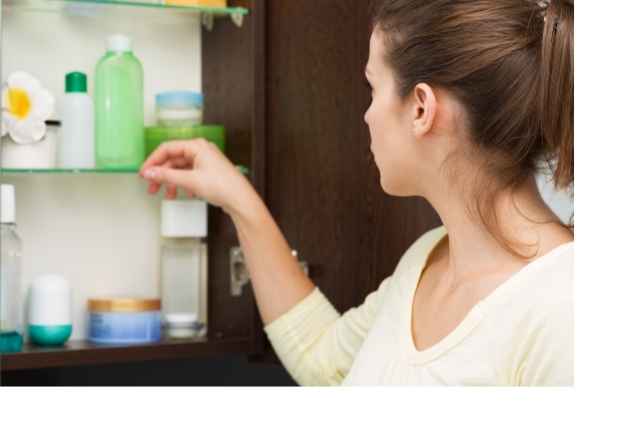
They’re usually filled with prescription drugs, which can be harmful even in tiny doses.
Keep medicines inside cabinets with childproof cabinet locks, making the contents inaccessible to curious youngsters.
You can also put locks on cabinet doors to ensure that nobody else opens them.
CLICK ON IMAGE FOR MORE INFO
Baby Crib
Between 2011 and 2013, the CPSC reported an average of 36 deaths per year associated with cribs and crib mattresses.
As of 2015, there were 12,100 injuries related to cribs and crib mattresses treated in emergency departments for children under five years old.
The majority of those cases involved head trauma and fractures.
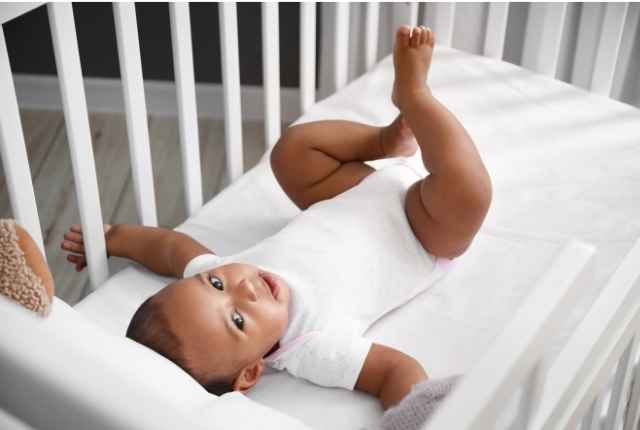
They could also put their fingers between the crib rails and get hurt.
The safest option is to keep your baby in a crib that has been approved by the CPSC.
CLICK ON IMAGE FOR MORE INFO
When purchasing a crib bedding set, look for ones made specifically for cribs. Look for a firmness rating between 3 and 5.
CLICK ON IMAGE FOR MORE INFO
Window Blind Cords
It seems obvious enough: keep window blind cords out of reach of children.
But what happens if someone trips over the cord?
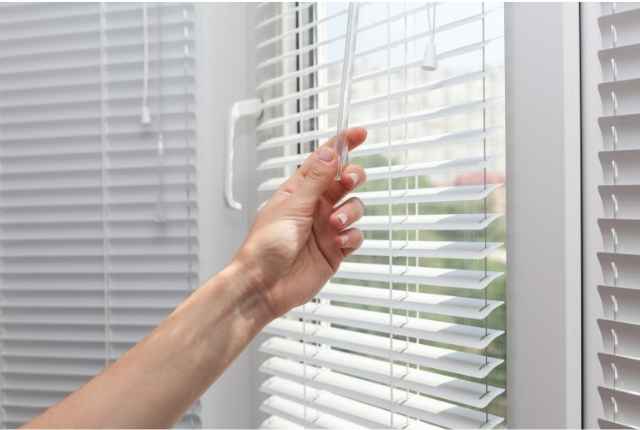
According to a study conducted by Nationwide Children’s Hospital, two children go to the ER every day because of cord injuries caused by window blinds.
So, just remember to keep cords out of sight, especially out of children aged under six!
Cords of Other Kinds
Cable cords are dangerous because kids can get tangled up in them.
Keep all cables out of reach by tucking them behind baseboards or under beds. If there’s no room for that, use cable ties instead.
Don’t forget about power cords either; they pose similar risks when left lying around.
Bathroom Safety
There are plenty of dangers lurking in bathrooms, but none more common than toilet seats.
Kids love playing in toilets, and sometimes they fall in.
Bathroom drownings account for nearly half of all childhood drowning fatalities each year.
Bathtubs aren’t much safer since they have sharp edges and slippery surfaces.
Open toilet lids cause another safety hazard. Children could reach out and start to drink the toilet water.
CLICK ON IMAGE FOR MORE INFO
Other Items
You probably already know what dangerous household products can harm children.
These include cleaning supplies, medicines, chemicals, pesticides, and more.
Ensure that any potentially harmful substances are stored securely so that children cannot gain access to them.
Here Are the Best Ways to Baby Proof – the Ultimate Checklist
The best thing that you can do to ensure that your house is safe for your new family member is to take precautions before bringing them home. Here are some tips to help you prepare for your arrival:
- The first step to keeping your home safe from accidents is to keep all medications and household cleaners out of sight of children. This includes cleaning products, medicines, and other items that could be harmful to a child’s health.
- Remove anything hazardous from the area where you plan to bring your newborn home.Be careful not to bring chemicals, cleaning supplies, and other potentially hazardous items with you. Make sure that you keep them stored securely so that your child cannot get his or her hands on them.
- Clean surfaces thoroughly after using them. Use disinfectants that kill bacteria and viruses. Wipe down countertops, floors, walls, windowsills, doors, cabinets, toilets, sinks, tubs, showers, faucets, light switches, doorknobs, handles, telephones, keyboards, computer screens, and other areas that need extra attention.
- Check all medications regularly to make sure that none of them has expired. Throw old medicine bottles away immediately.
- Store food and beverages in sealed containers. Don’t let anyone open packages without wearing gloves.
- Wash dishes carefully. Never put hot water directly over metal utensils. Instead, wash them separately and dry them thoroughly.
- Avoid leaving dirty diapers lying around. Put them in trash bags instead.
- Do not allow pets near your baby. They may accidentally knock your child over, or push him or her into an object that could harm them. Keep pets out of the baby’s room.
- Use non-skid mats or rugs in the bathtub and shower. Place towels under high chairs and strollers to prevent accidents.
- Install Baby gates on stairways and hallways. Children tend to climb stairs unsupervised, especially toddlers. Gating helps keep kids safer by preventing falls. You could also use indoor safety gates.
- Place breakable items such as vases, bowls, lamps, picture frames, mirrors, and bookshelves behind glass shelves. Glass shelves provide protection against accidental breaks but don’t block natural lighting.
- Store small appliances like coffee makers, blenders, microwaves, electric can openers, and food processors out of the reach of children.
- Replace traditional blinds with more modern cordless blinds.
- Use a low-temperature water heater or fit an anti-scalding device on your kitchen faucet.
- Keep crib bumpers handy at night. The bumper should cover the side rails of the bed frame. It will protect babies from falling off the edge when they roll onto their sides while sleeping.
- The crib used by your baby must have crib slats no more than 2 3/8 inches apart – and the slats must be strong so they do not break or come loose.
- Make sure that every appliance in your kitchen has a protective guard against fire or tip-over.
- Install a smoke alarm in the baby’s room.
- Install motion detectors outside each bedroom window. Install smoke detectors in every bedroom. Test them monthly by pressing each button once. Replace batteries at least twice per year.
- Cover exposed pipes and wires whenever possible. Turn off power strips when no longer needed.
- Securely store sharp tools such as scissors, knives, saw blades, hammers, screwdrivers, pliers, wire cutters, and nail clippers.
- Use a toilet lid lock to lock toilet seat covers. These locks help prevent children from pulling up toilet seats and getting stuck inside.
- Use safety straps when seating a child in a high chair. Do not forget to buckle up when changing your child’s diaper.
- If you have older children who might try to play with matches, use safety lighters instead. Keep matches safely stored away so that curious youngsters cannot easily access them.
- Don’t leave candles unattended. Make sure that there is enough ventilation for burning candles. If necessary, place them on top of tables or dresser drawers.
- Place baby safety gates on stairways and hallways.
- A locked cabinet in the kitchen prevents curious kids from getting into them.
- Lock medicine cabinets with safety locks so that children cannot get access to them.
In conclusion, I would say that there’s nothing more rewarding than watching a child enter this world.
You have been blessed with another chance to love someone else unconditionally.
Your responsibility as a parent or caretaker is to keep children safe in a secure environment.
If you follow the safety measures listed above, you’ll be able to keep your home free of hazards when you’re welcoming your newest addition into the world!
So take some time today to clean up your house, check everything, and ensure your family is protected.
READ NEXT
15 Proven Signs Your Baby Will Have Beautiful Curly Hair That You Love
If you’ve ever wondered if your baby will have curly hair, there are signs to…
How to wash baby hair without getting water in the eyes
Babies are sensitive to eye infections and they can cause serious problems in the future….
Top 7 Best Baby Hair Oils for Babies |2022
Baby hair oil is a very important product for babies. It is an essential part…
Coconut Oil for Babies Hair – An Essential Guide
What is Coconut Oil? Coconut oil is a natural hair care product that is used…
9 Best Curly Hair Products for Babies in 2024
If your baby has curly hair, I don’t need to tell you how hard its…
Can a Baby’s Hair Change from Straight to Curly?
One of the common questions that I see in natural hair forums include ‘how come…



